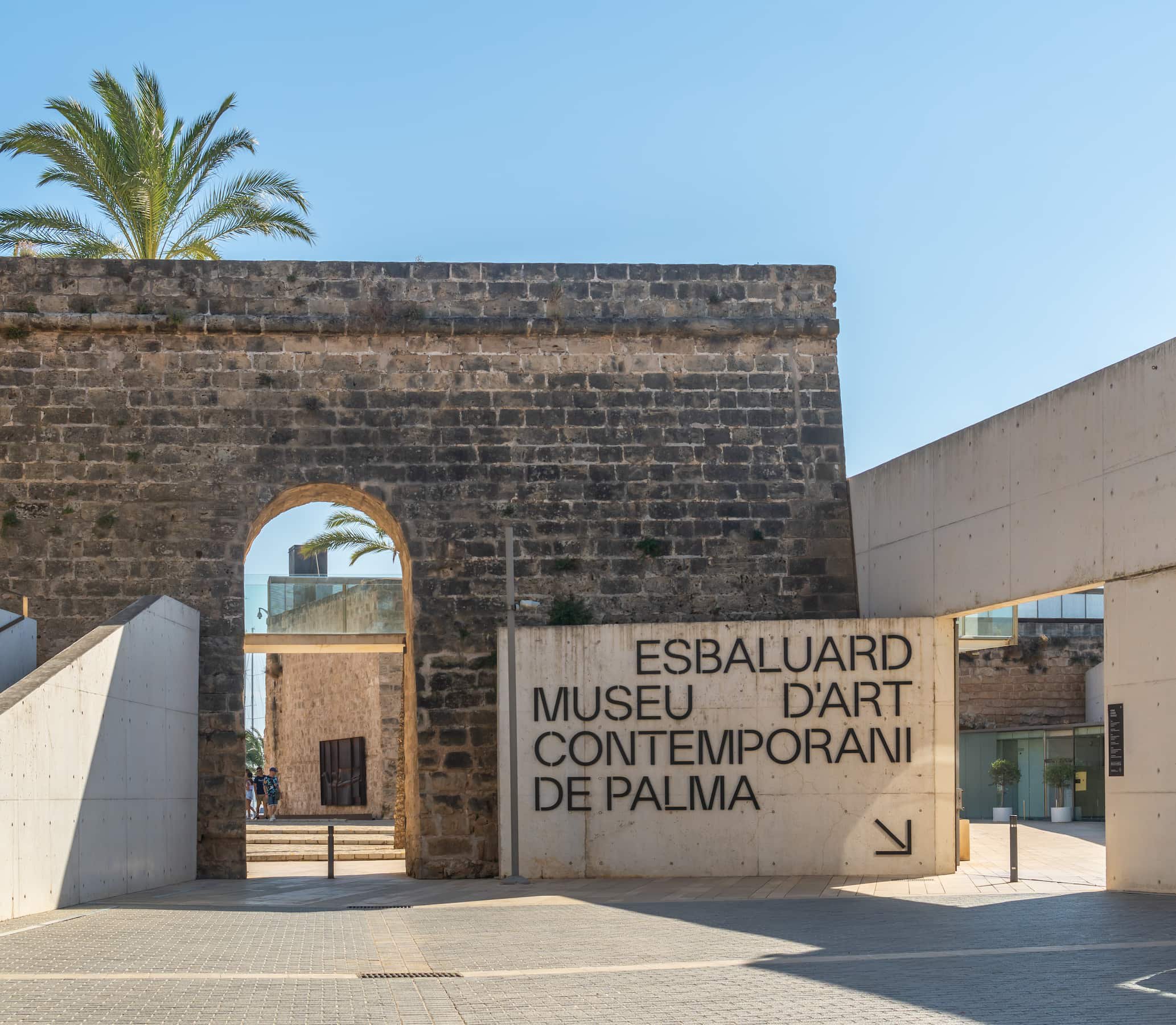Es Baluard Museu d'Art Modern i Contemporani de Palma

The institution's main areas are: Art, Performance, Architecture, Design, Film.
About Es Baluard Museu d'Art Modern i Contemporani de Palma
The collection of Es Baluard Museu d’Art Contemporani de Palma includes over 800 works dating from the late 19th century to the present day, and heritage responsibility is one of the institution’s clear fundaments and its primary basis.
The most important artists and movements that have in the past converged, and continue to converge in the Balearic Islands, displayed in relation to the national and international artistic contexts, comprise a rich, complex and continually-evolving body that gained shape after the first presentation of the collection on 30th January 2004, when Es Baluard Museu was inaugurated.
Since then, the initial core of the museum’s collection – formed by the donation and deposit of works from the Fundació d’Art Serra as well as the works deposited by Palma City Council, the Council of Mallorca and the Government of the Balearic Islands – has increased through the inclusion of works acquired, donated and temporarily ceded by artists, collectors and entities, whom we must thank for their collaboration and generosity towards the museum.
Initially, an evolutionary discourse of the history of recognised art is revealed. A construction based, in our case, on pictorial modernism and the renovation of the landscape genre in Spain, insisting on the importance of Mallorca in its development. Joaquim Mir, Santiago Rusiñol, Hermen Anglada-Camarasa, Joaquín Sorolla, Antoni Gelabert and Tito Cittadini are some of the key artists of that period, between the late 19th century and the 1930s; and alongside them, two women creators, Pilar Montaner de Sureda and Norah Borges, linked to the artistic and literary trends of the age.
Meanwhile, the early years of the 20th century bore witness to the upsurge of two avant-garde movements in Europe which rebelled against the hegemony of western figurative art, a state of cultural crisis heightened after World War I, which would continue in the 1940s and ‘50s, advocating the questioning of the artistic object. The artists represented include María Blanchard, Wifredo Lam, Fernand Léger, André Masson, Roberto Matta, Joan Miró, Robert Motherwell, Jorge Oteiza, Picasso, Juli Ramis and Antoni Tàpies, among others.
Connect with the Director, Curatorial, and Collection staff by browsing CIMAM’s Membership Directory in the Members Only section.